|
To make such a bonnet, I set up a 16 inch long (41cm) warp of a dark green 2/8 wool and a worsted weight yellow, alternating 10 green and 2 yellow, ending with 10 green. I worked the green threads in an interlinking stitch, and the yellow threads in a vertical twining stitch. I described the vertical twining in my post of Feb 2, 2023. To gather the end loops, I divided the end loops into two groups, separated by color. I slid one color of loops on one blunt sewing needle, and the other color of loops onto the other blunt sewing needle. Dividing the loops in this manner allows me to snug the loops into a far smaller circle. When the loops are tightly gathered there is a reverse-widow's-peak in the centre of the forehead. To avoid this reverse widow's peak, I reserved the dark loops at either edge, did not include them in the gathering. Instead I stitched them together in a tight seam at the centre front of the bonnet. The reserved dark loops, sewn together at the forehead, make for a smoother line to which I could attach a brow band. The brow band is a length of weaving, made on a tape loom. I gathered the loops at the back of the bonnet in a fashion similar to the treatment of the loops at the front of the bonnet.. I stitched the brow band to the front 3/4 of the bonnet, leaving the band free at the very back of the bonnet.
0 Comments
It's been a while since I last posted. I've not been idle. I've been working my way through some very different territory. I last posted about some sprang lace patterns. Work on those continues. I believe I've written over 300 ... but it depends on how you count ... when I write patterns for alphabet letters, does that count as a single large one, or 26 (or is it 52 because there are capital and lower case)? A big Thanks to Ria Hooghiemstra and Debbie McClelland who have made numerous samples, caught countless errors, and made superbe suggestions. And then there's the editorial work of organizing the patterns with some kind of consistency so that others can use them. Big Thanks to Ruth Temple who is helping out on that score. I've also been exploring ways to teach on-line. I've written out a number of new instruction sheets, and have set up a couple of pilot projects to test out ways to teach by Zoom. Very important is to figure out how to place cameras, where to sit, where to place the lights .... all necessary to get a good focus on my fingers to communicate to you how to work the stitches. A long time ago I used to teach knitting. It was a six week course to give a class the basics, develop the skills to start to feel independent with the technique. My instinct is that learning sprang is the same thing. The problem is that guilds invite me to travel to teach in their town. A six week long, once-a week class is just not in the discussions. But now that I'm thinking about teaching on-line .... And yet another project (after much encouragement from my excellent daughter Claire) has me looking at a subscription based do-a-long. I have heard from many students, yes, they took the class, and yes they felt they learned a great deal in the class, but sitting here with a ball of yarn in one hand, a sprang frame in the other, and an idea in the head, and just can't seem to get to making it all happen. More than one former student has described this state to me. I put it back to the crash course I've always taught ... a class that is extended over weeks, would give time to absorb information better ... nevertheless what to do for people who had to endure a crash course. I've been hearing that you can sign up for a year's worth of cross stitch patterns, or knitting patterns, or quilting patterns. My daughter has encouraged me to design a program for those of you interested in exploring sprang. The key to making something that ends up the size you want is, to start by making a swatch. I'm working on a series of twelve different sprang stitches, each with a swatch. Membership in my at-present-theoretical sprang subscription would give you support to try a new stitch each month, make a swatch, and then make a neckscarf based on that swatch. Yes, there's a pattern for a Mobius scarf, as well as for a hat, and another pattern for mittens included in the membership.
You could have a whole series of swatches. If you use the same yarn and the same number of stitches, you will have a document of different stitches and their various gauges with that yarn. You could also have a lovely collection of neckscarves of a variety of stitch patterns. I am thinking I could also add some Zoom meetings for Question and Answer sessions as part of the subscription. I want to get people to use the sprang technique. For now, my website has a button on the top, allowing you to "login". Just now that puts you on a mailing list, and you'll be sure to hear from me when this subscription thing really happens ... hopefully by mid-January 2021. If you're interested, login. And one more thing. As a member of The Braid Society who is also an instructor, I'm offering an on-line tutorial on the subject of sprang starting January 4, 2021. If you're interested, sign in to the discussion group that is braids and bands.io or https://groups.io/g/braidsandbands/ The tutorial will feature the very basics of sprang ... no frame needed ... and it's free for all those participating in that group. Since I've got time on my hands, all travel plans cancelled, I figured I should put my efforts to a project worthy of a great deal of time ... all those lace patterns. I've seen sprang lace in a number of collections, have photographed them, and have made some samples. Now is the time to sit myself down and to go through these, one by one, and render patterns that will be read-able to others. The inspiration for these patterns come from several sources. There's that book of sprang sashes, repaired by Coby Reijndeers-Baas, sashes with all manner of designs, people, boats, deer, mermaids, and a variety of geometric designs. Then there is that collection of lace from the Cinquantenaire Museum in Brussels that I visited back in 2013. Other lace patterns come from pieces in the British Museum, the Victoria and Albert Museum, the Petri Museum, and assorted other collections.
I'm working on putting the patterns onto a grid, so you'll have a grid pattern. From that grid, I'm deriving a "written pattern" that will read "right-edge stitch, 3 plain stitches, left-edge stitch". Having done that, I then set up a warp and make an actual sample, to check my pattern, and to be reasonably sure that the pattern is correct. I'd be very happy to have others check these patterns. If you're interested, send me a message by commenting on this blog, or to the "contact me" on this website. For those of you in Western Canada, or NorthWest USA, the Maiwa School of Textiles will host two sprang classes, the first runs April 15-16 focusing on an introduction to sprang ... no experience necessary. Immediately following that there is an intermediate sprang class scheduled for April 17 - 19. The intermediate sprang class will examine topics such as twining patterns, circular warp, lace, and more. For more information visit the Maiwa School of Textiles Website
https://www.schooloftextiles.com/2020-spring/introduction-to-sprang https://www.schooloftextiles.com/2020-spring/intermediate-sprang I understand that there are still a few spots available.
I visited the Kelsey Museum collection in the spring of 2016, went home and worked out the pattern for this hat, and then came back in the summer of 2017. At the occasion of my second visit, I took a photo of my replica beside the original. Actually I took two photos. In one of them, my replica is inside-out. If anyone is interested, my SprangLady website contains three tutorials that take you step-by-step, showing you how to do this twining technique on a background of interlinking. And I do still have the specific pattern for this bonnet.
Since returning from my travels, I've been busy writing patterns, and making samples. I sent pieces to the Hermitage and to the British Museum, giving them pieces for others to handle. Here is a photo of a piece in the British Museum collection, and the matching pattern I've been working on. I'll be teaching sprang at the Lace Museum in Sunnyvale, Calif, in February 2018. Once people get past the basics, I'll be happy to share these and other patterns. Anyone interested in this class should contact Kim at the Lace Museum, by emailing kim at wire lace dot net, or calling 510 565 0994.
Over two years ago the weaving guild in Grand Forks BC invited me to teach them sprang and fingerweaving. At last the date has arrived. Flying in an airplane from Winnipeg to Grand Forks, BC, took me right over the Canadian Rockies. I love looking out the window of an airplane. Grand Forks is surrounded by mountains. It snowed most every day I was there. It looked like Christmas. Three days of class. Fingerweaving the first day, then two days of sprang. The students were keen and eager, completed a number of projects, exploring these braiding techniques. Thank you to Sue for organizing this, and to all who contributed to the lovely lunches, the setup and takedown.
I taught a class in sprang at the invitation of Odile Boone, of La Boone Ferme. Odile raises angora rabbits. She sells the fibers, and also sells finished products such as sweaters and gloves. Always looking for something new, she thought she'd try sprang. Odile gathered some friends, and we held a class. We made cellphone bags, to explore the basic stitch, then dabbled in making holes on purpose (lace patterns) cables and more.
Getting ready for another round of teaching, I'm preparing warps. I special-dye them, to ease the learning process. My daughter hosted the dying. We used the leftover dyestuff to color some knitting yarn. It was perfect weather to hang the skeins to dry.
My daughter has helped me make a new website. In honor of what people have been calling me lately, "the sprang lady" the website has a new name as "sashweaver and spranglady".
|
Categories
All
Archives
May 2023
Categories
All
|
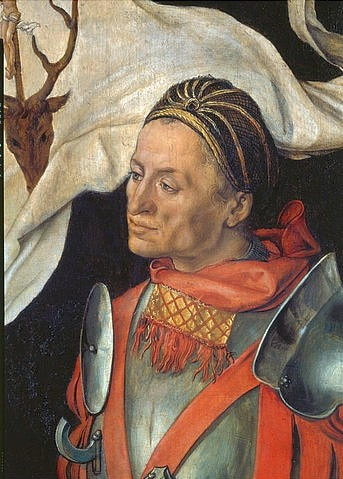
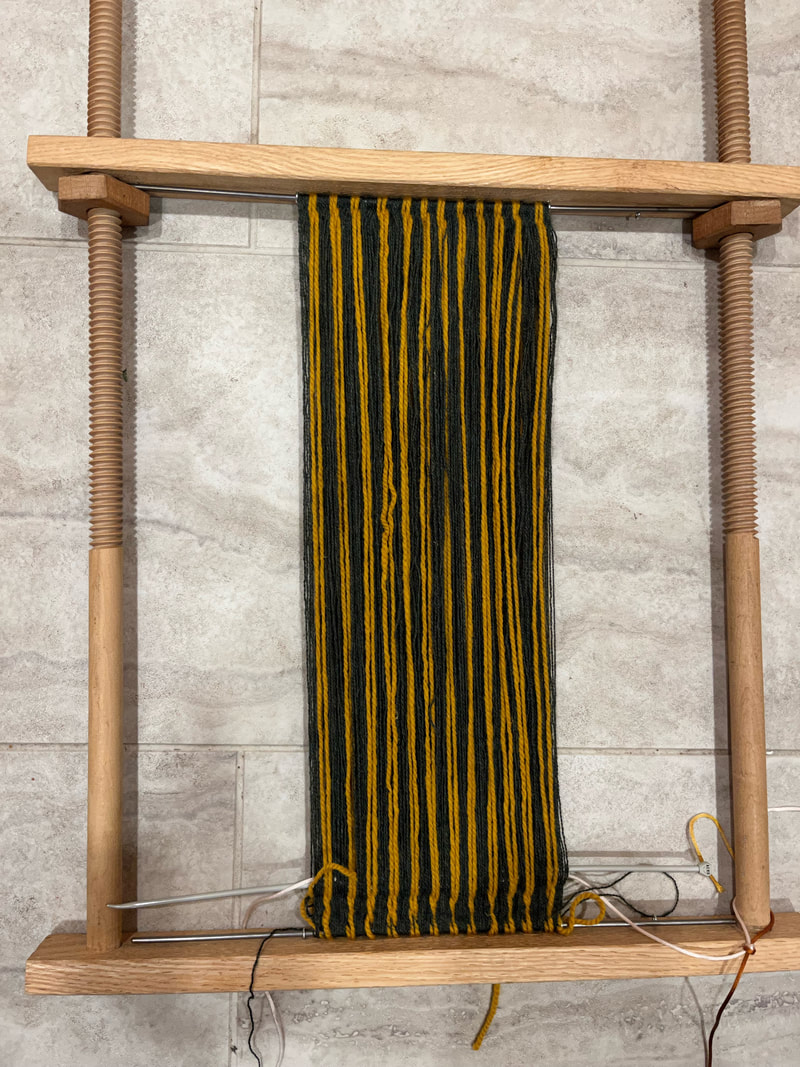
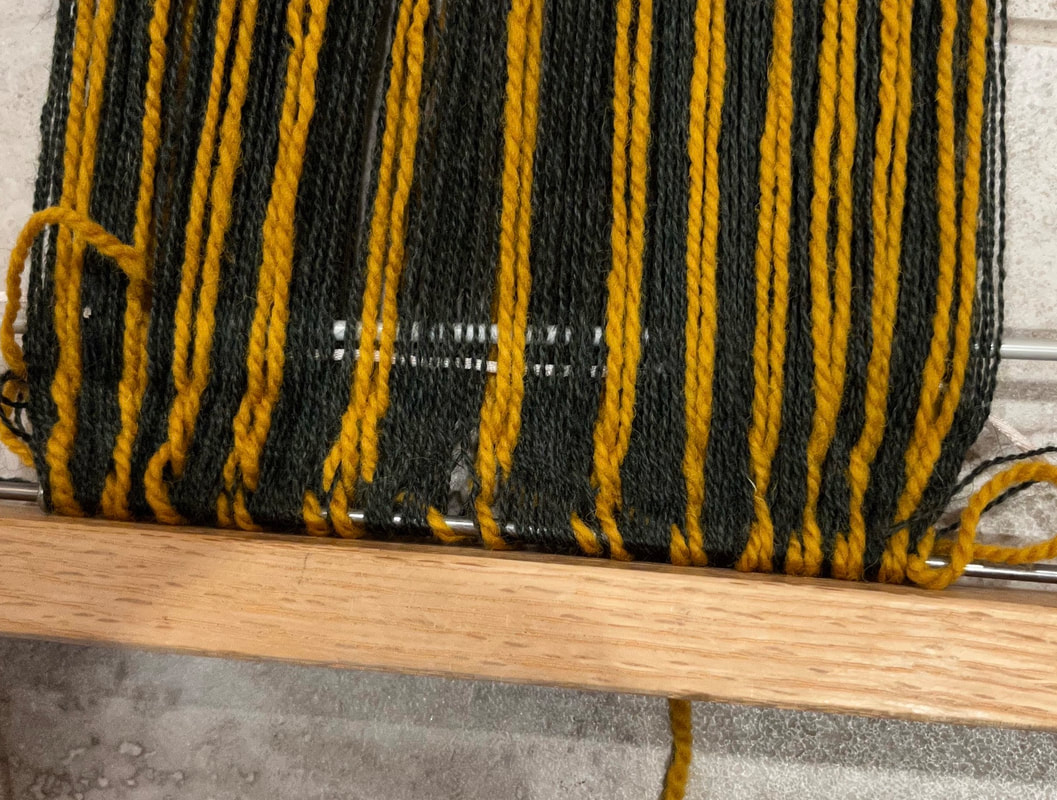
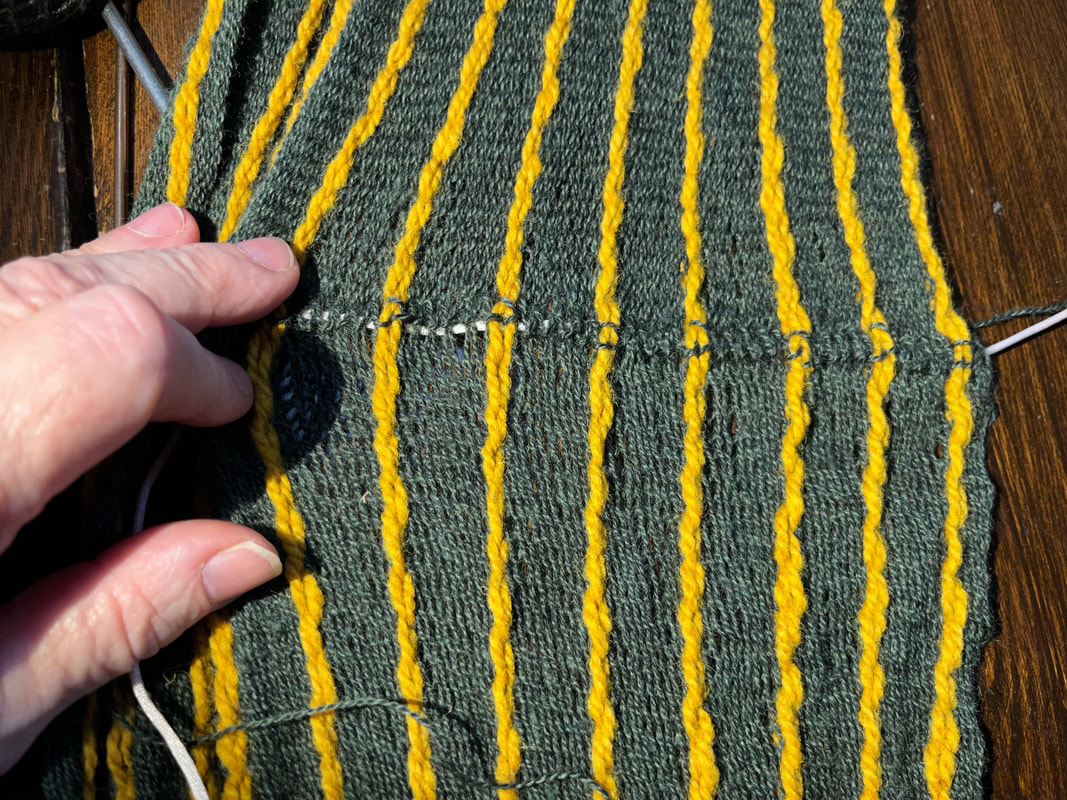
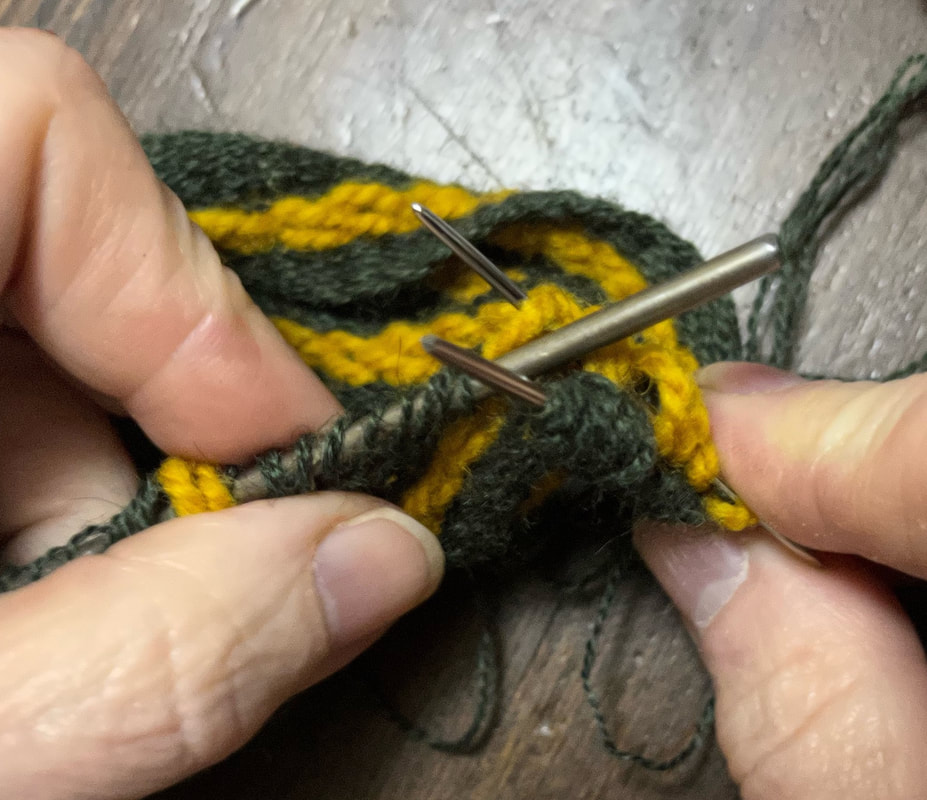
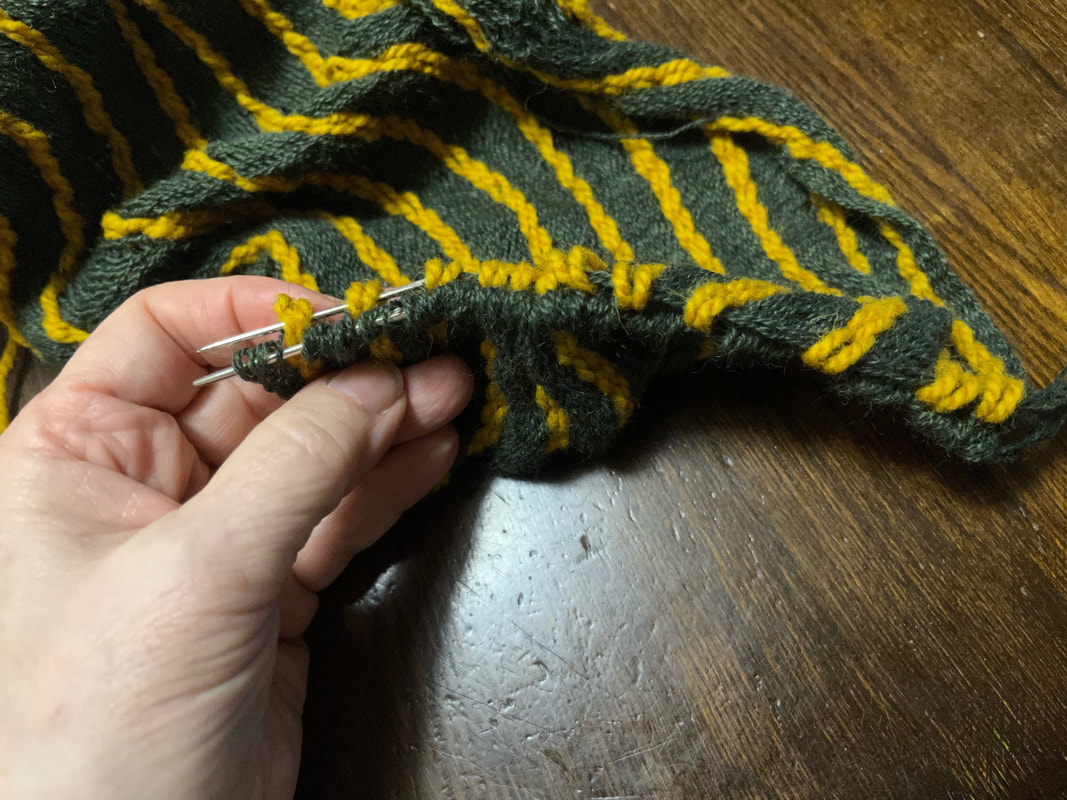
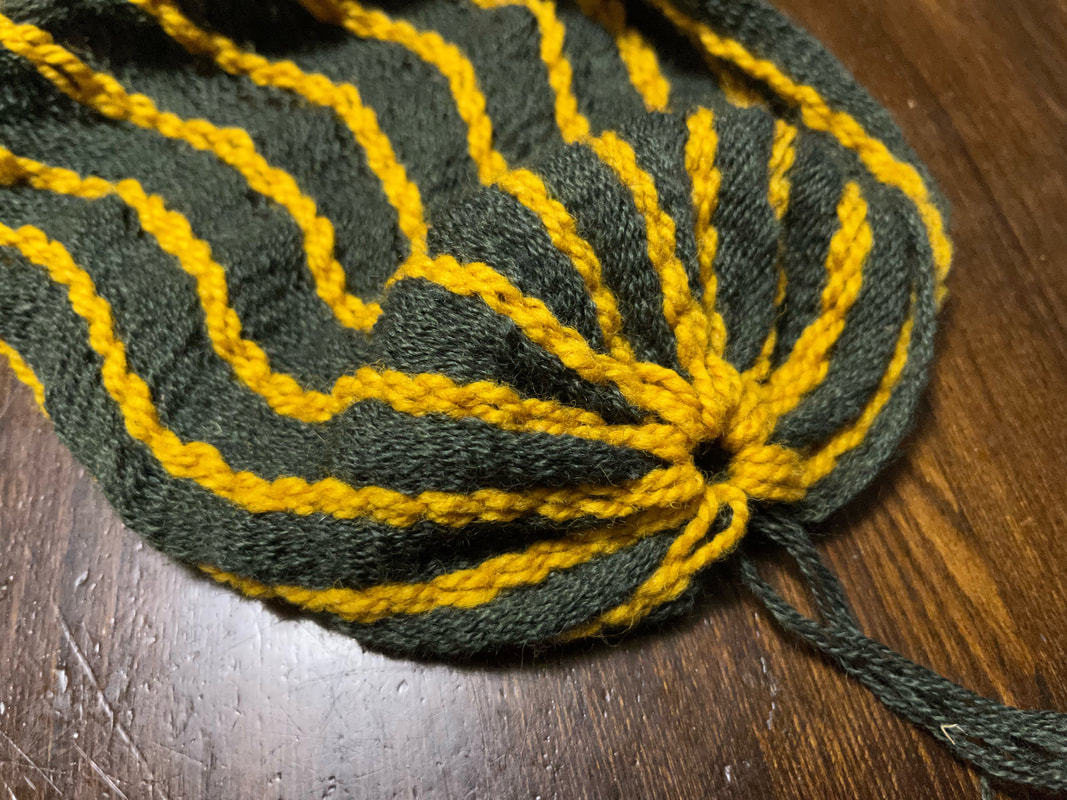
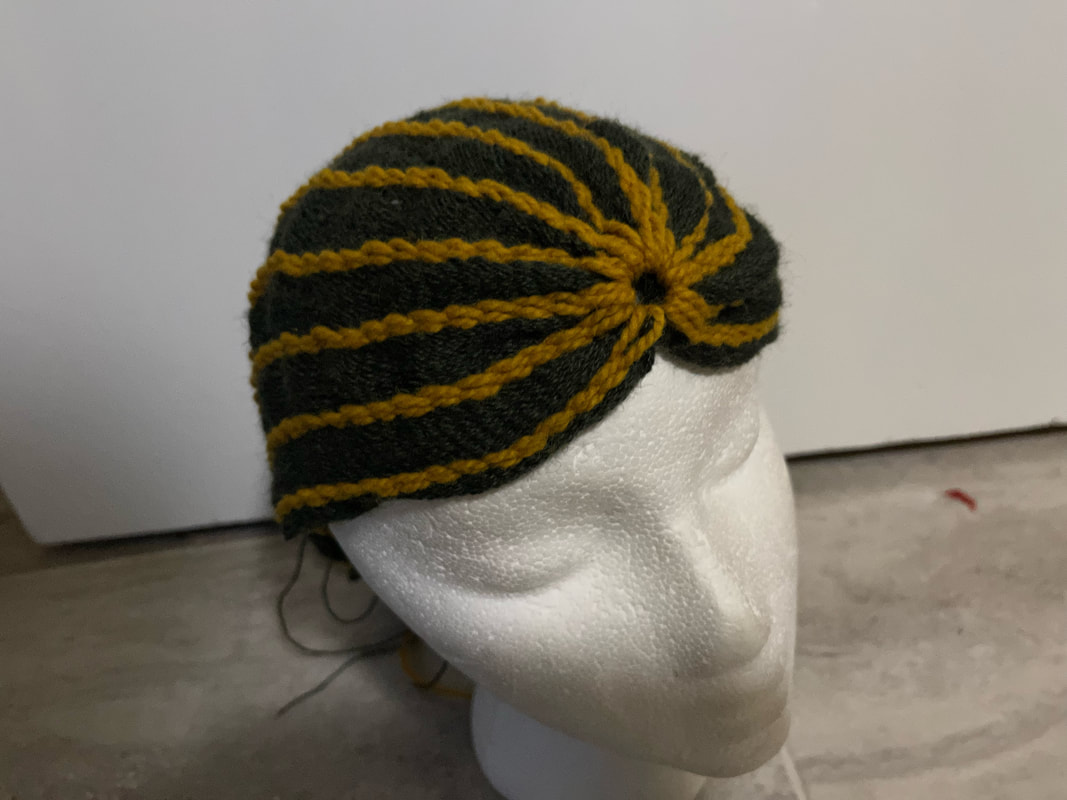
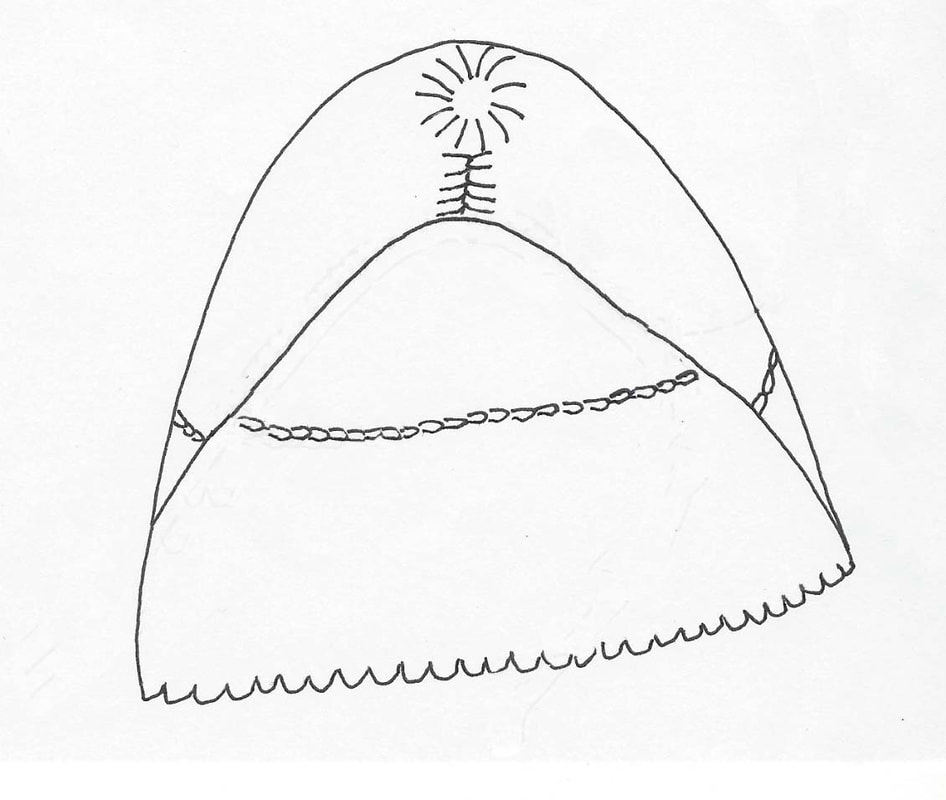
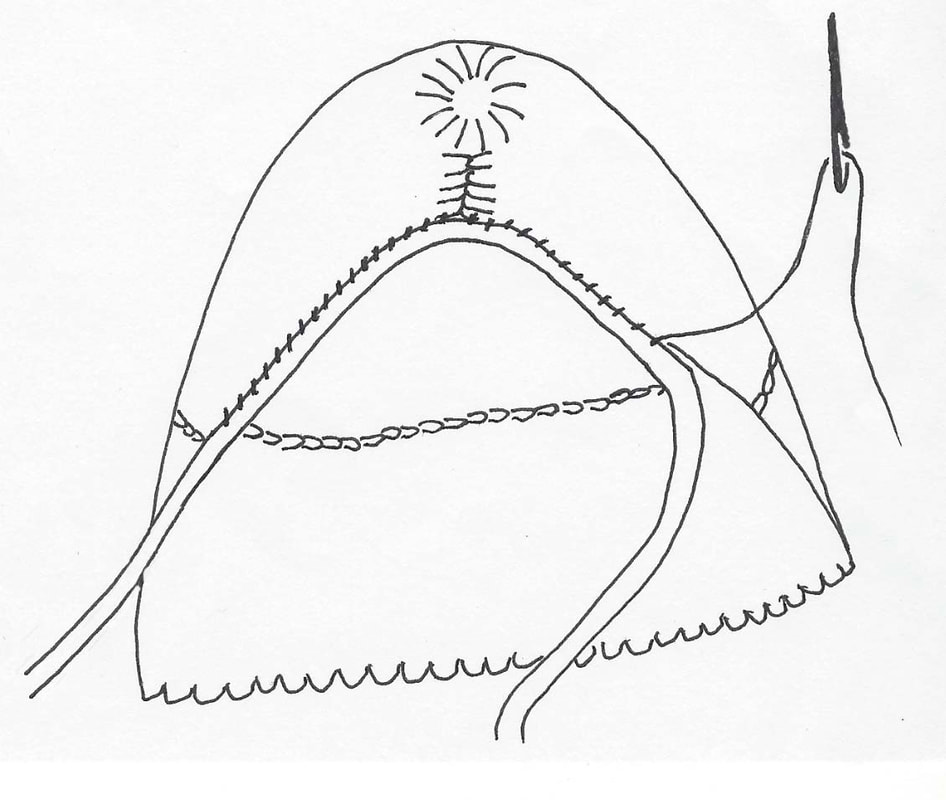
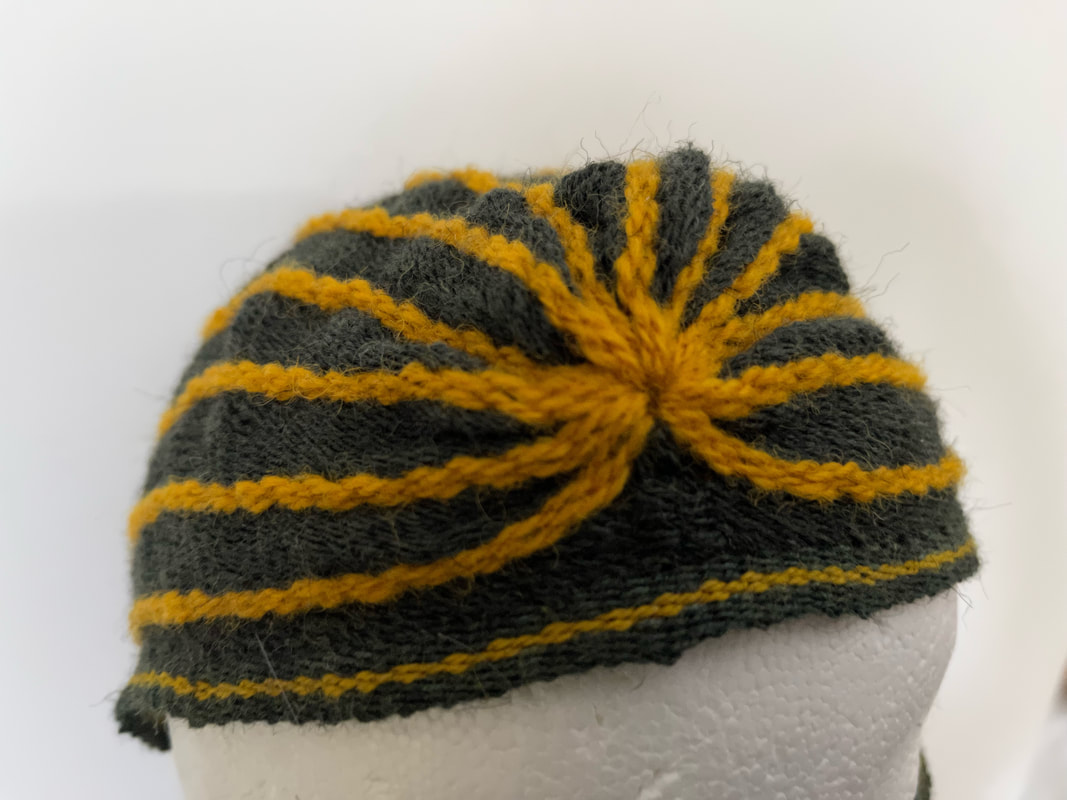
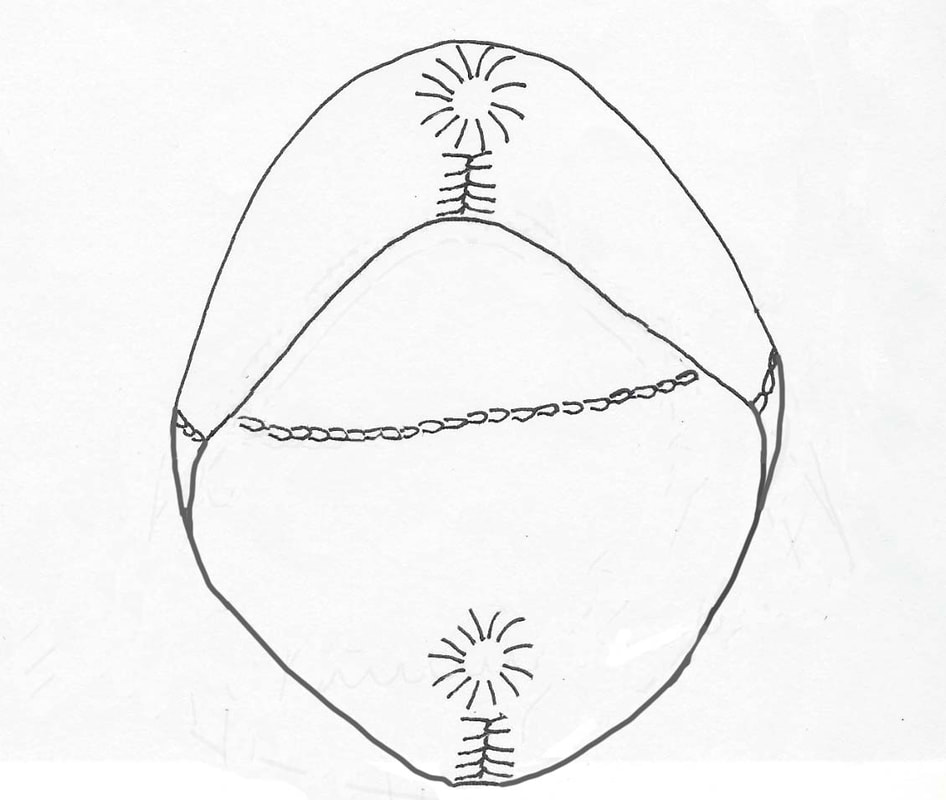
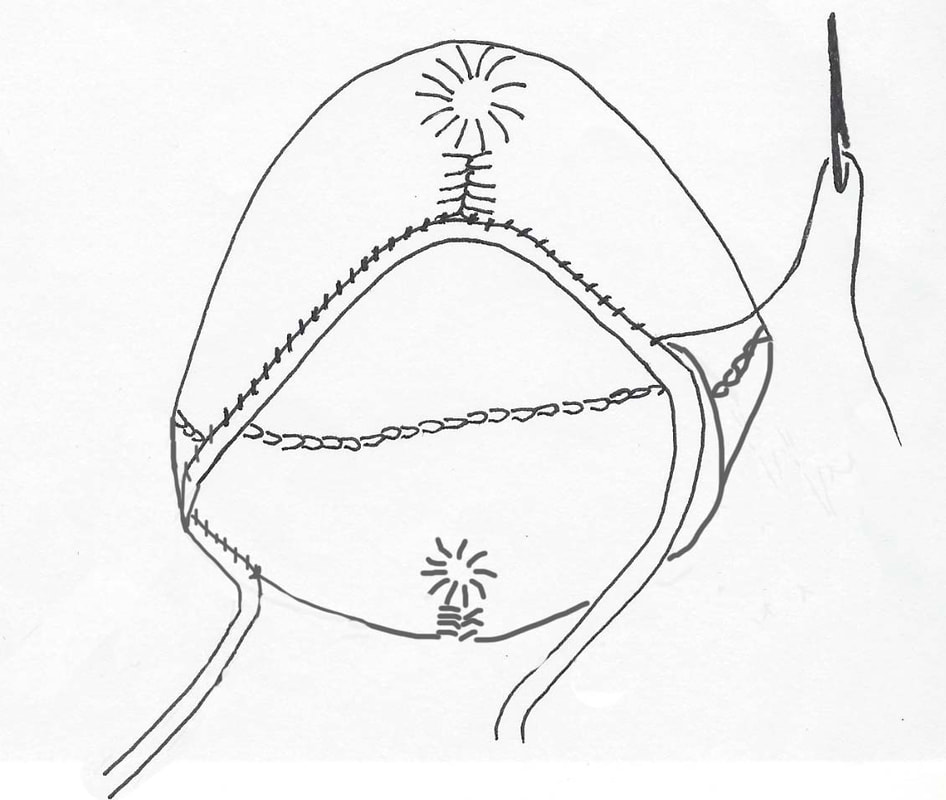
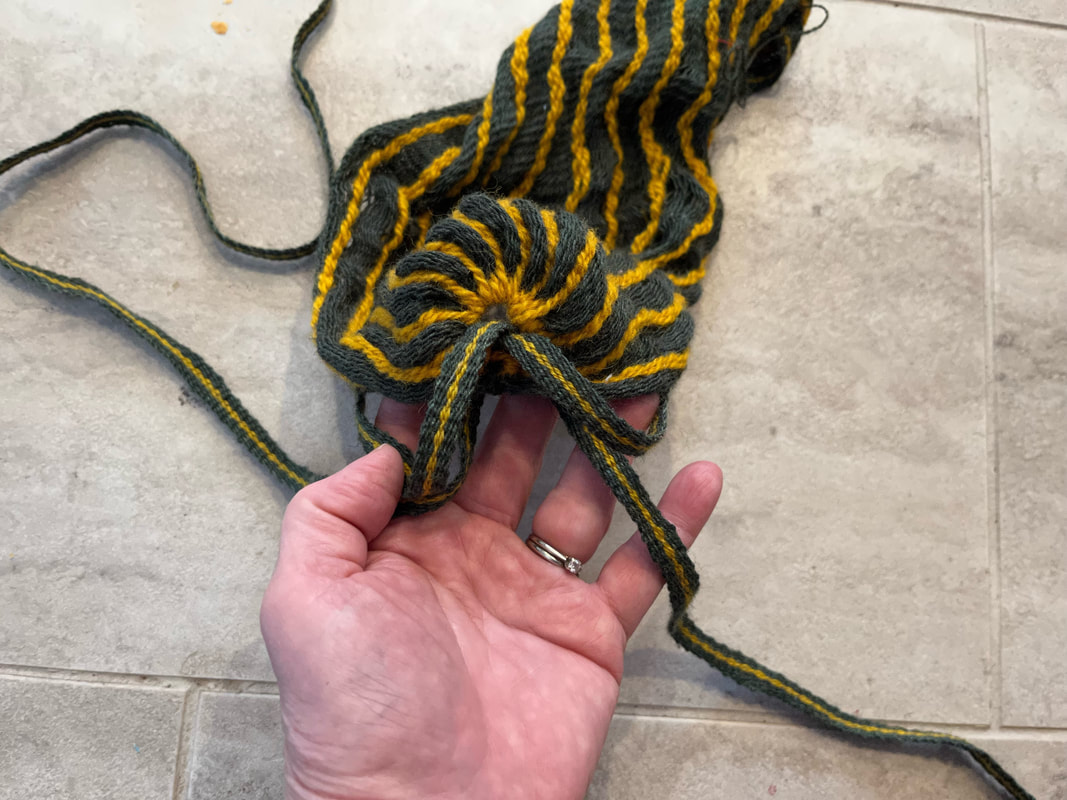
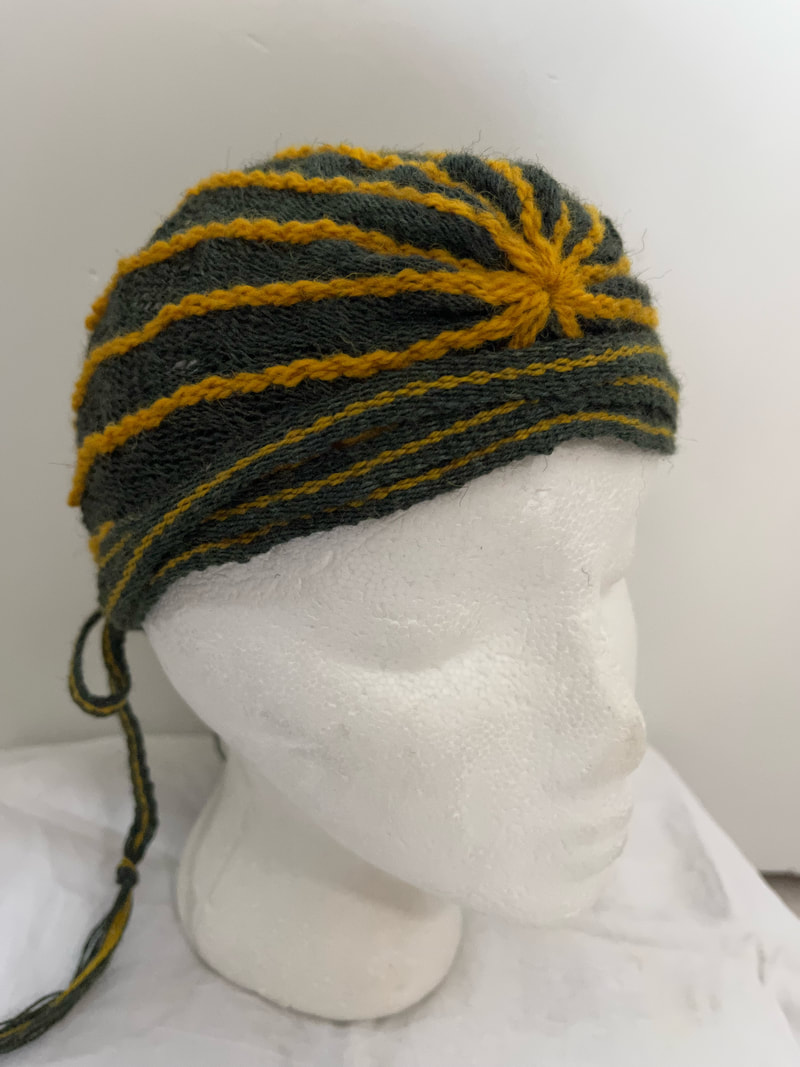
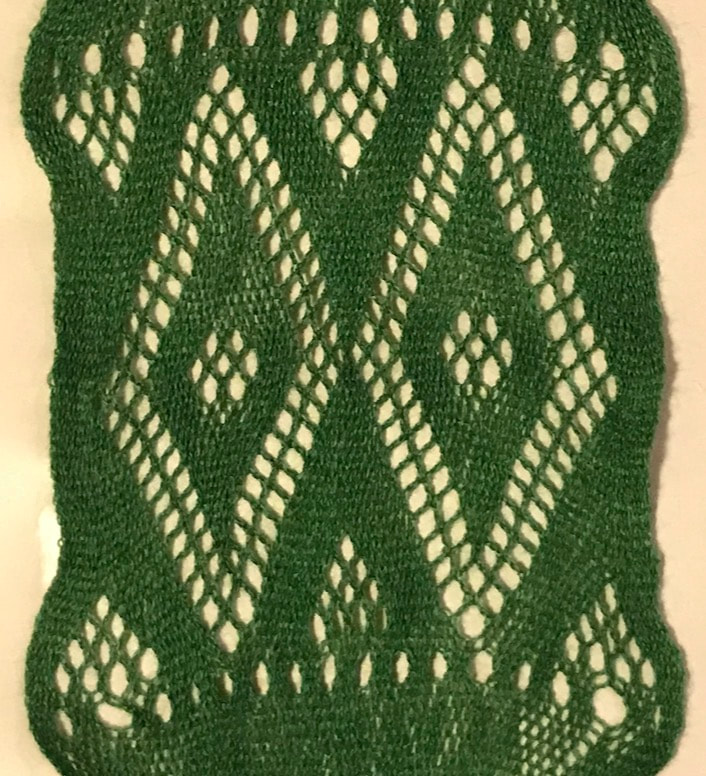
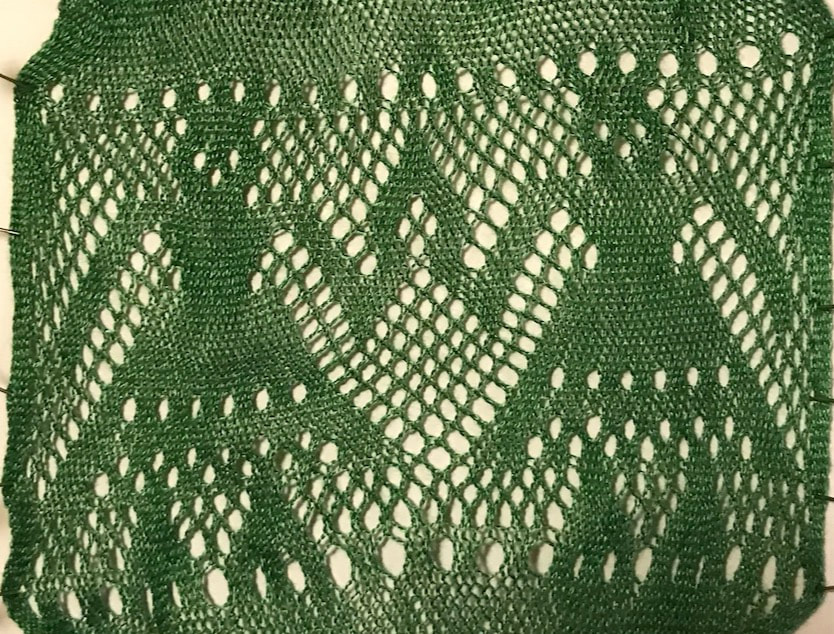
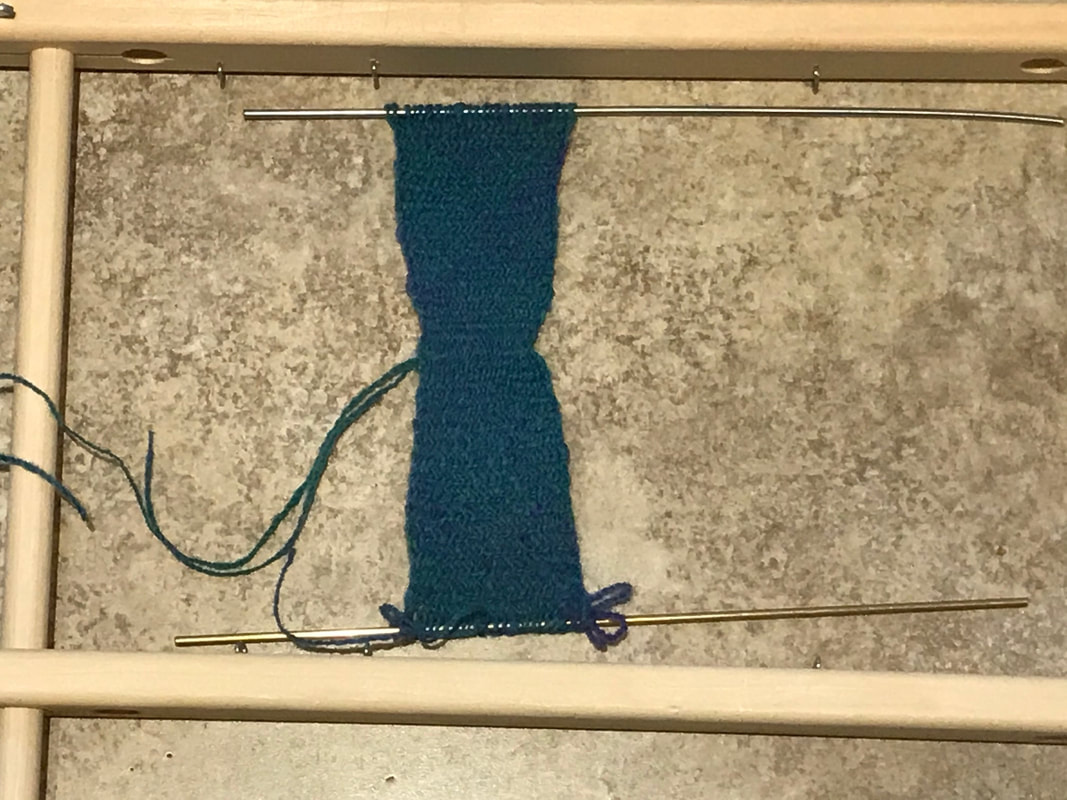

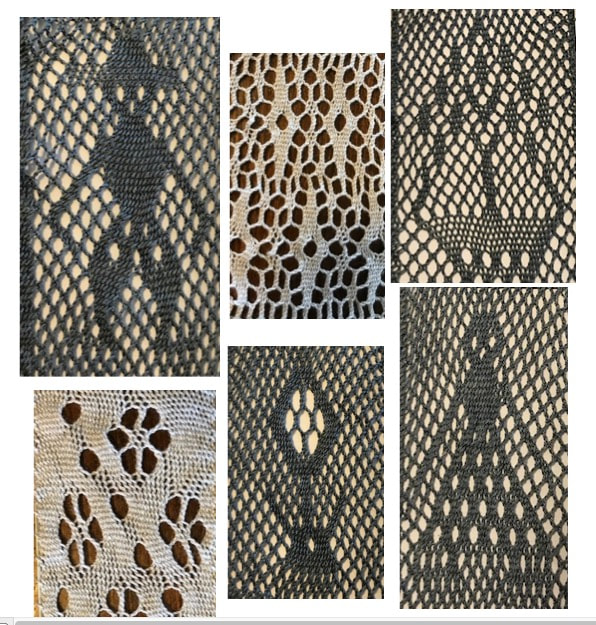
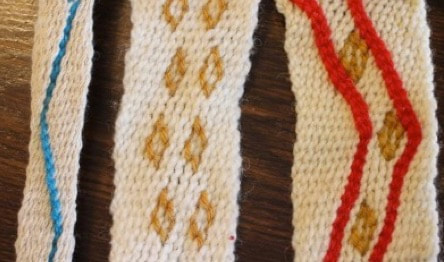
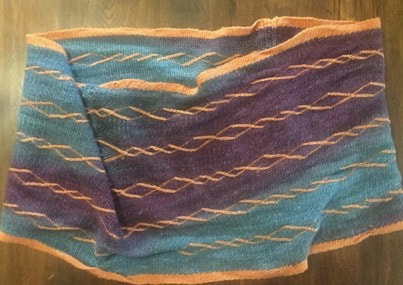
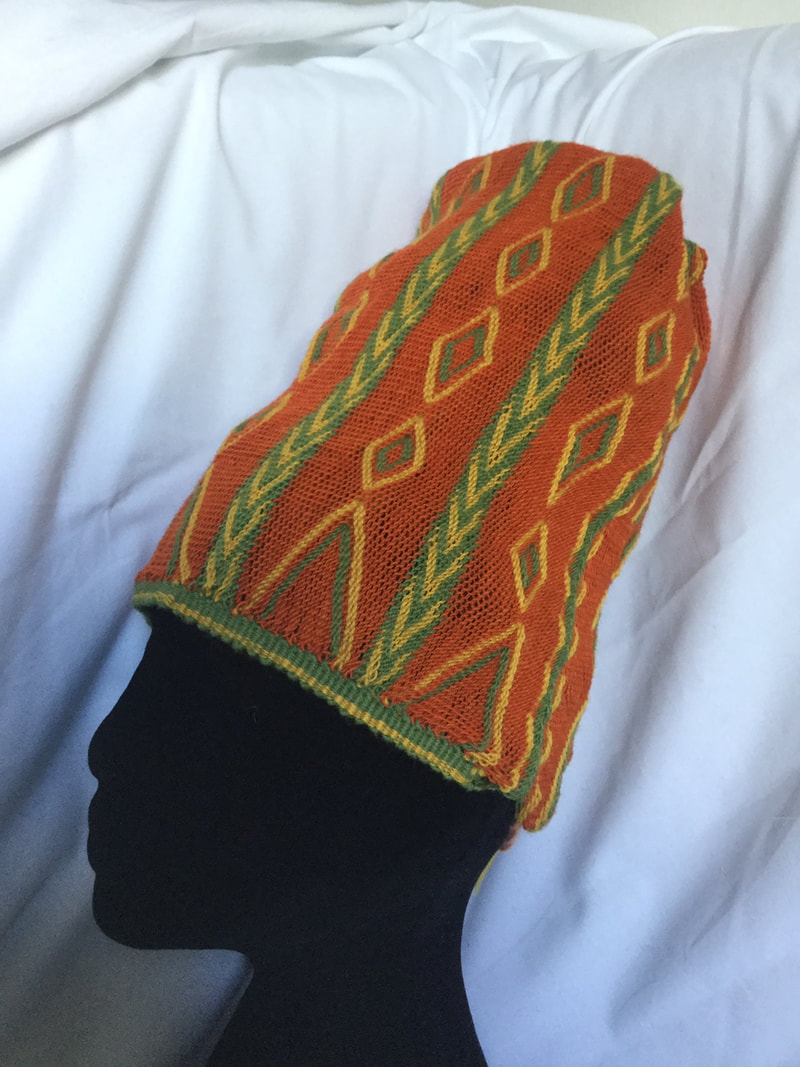
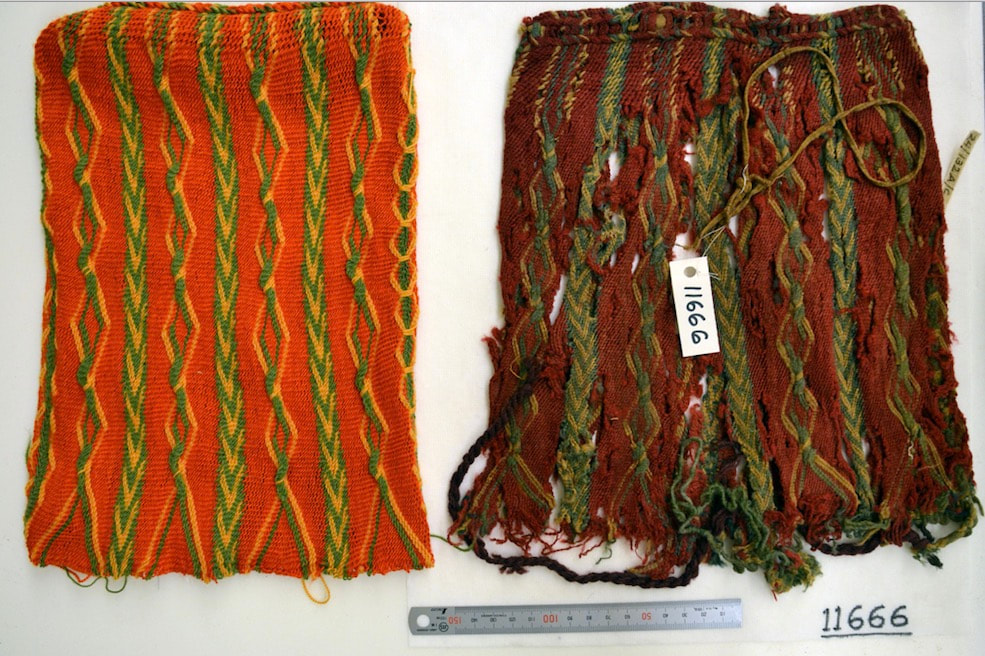
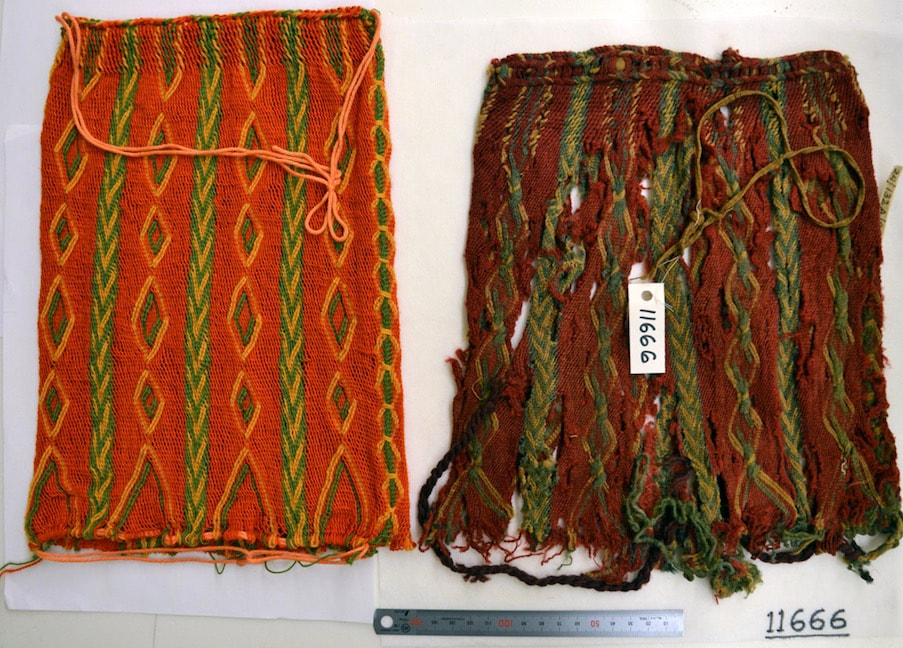
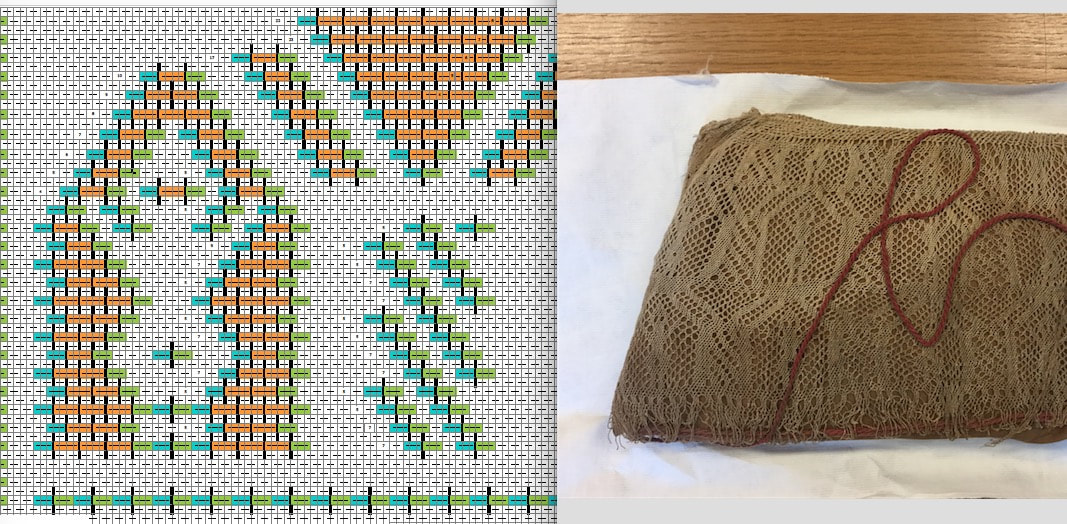
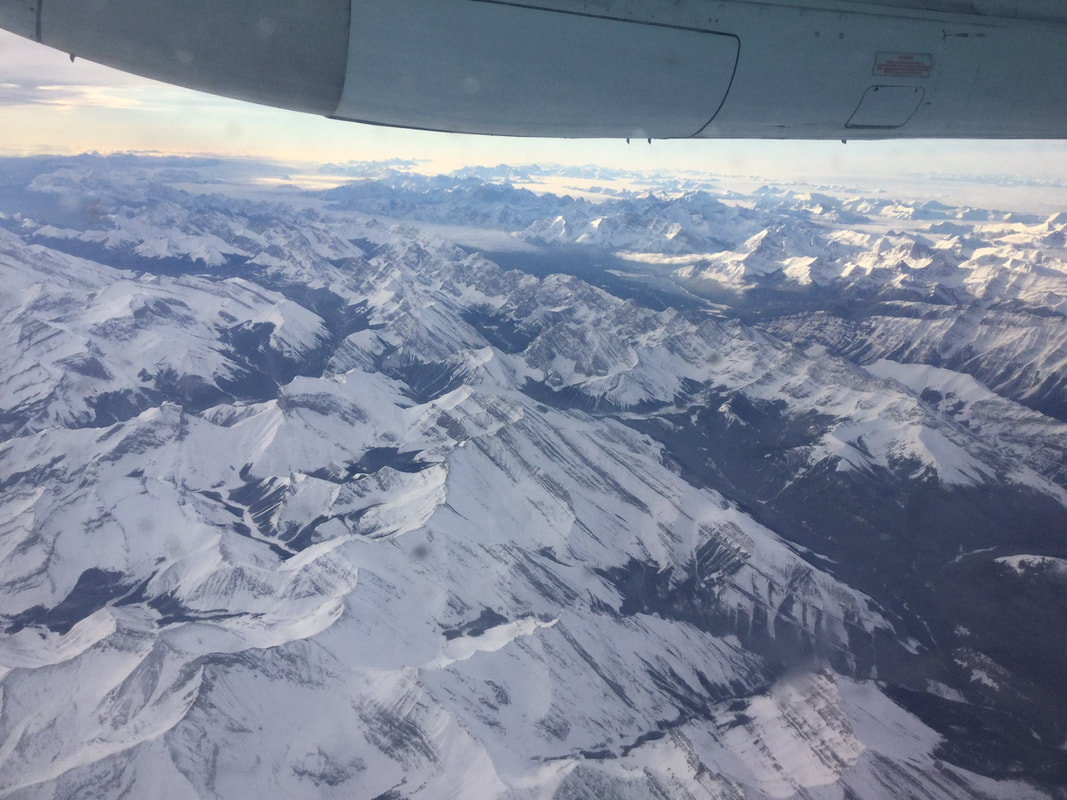
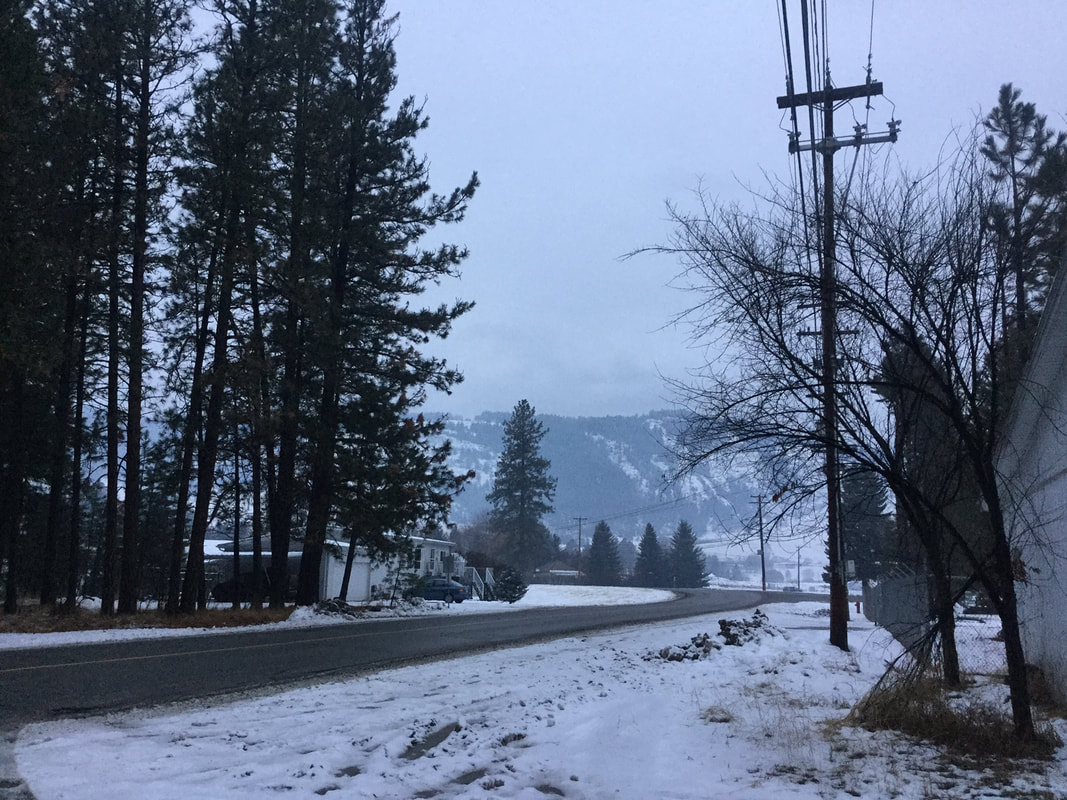
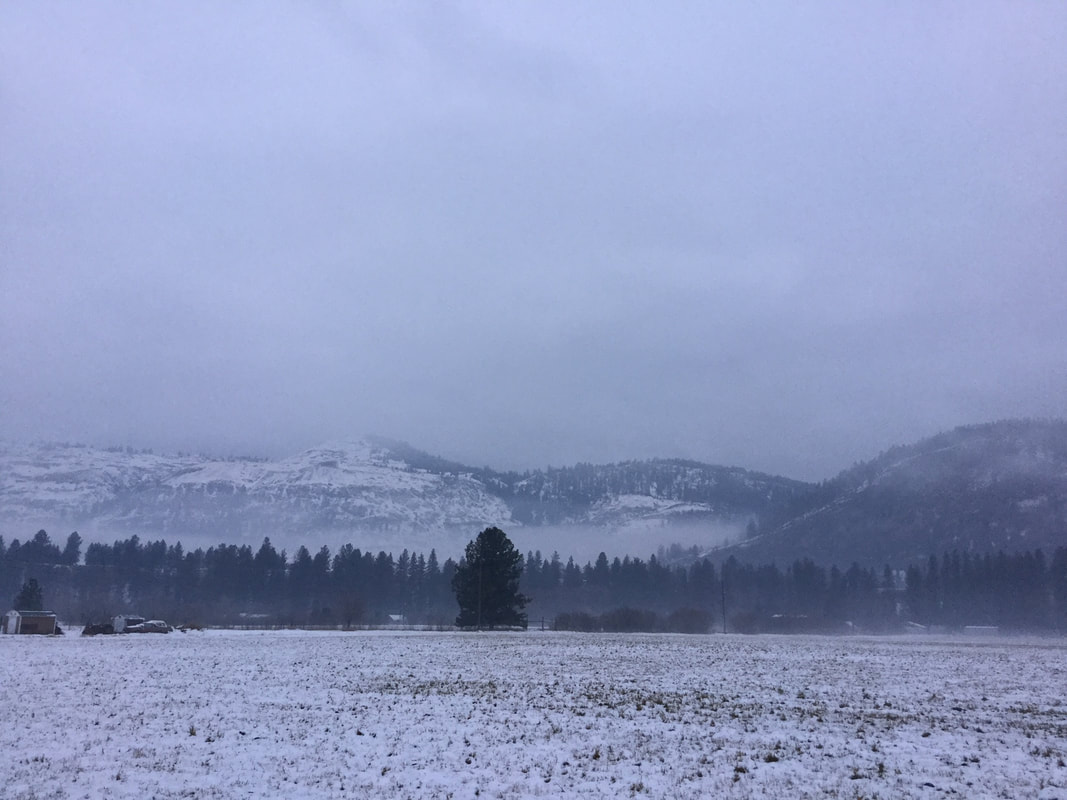
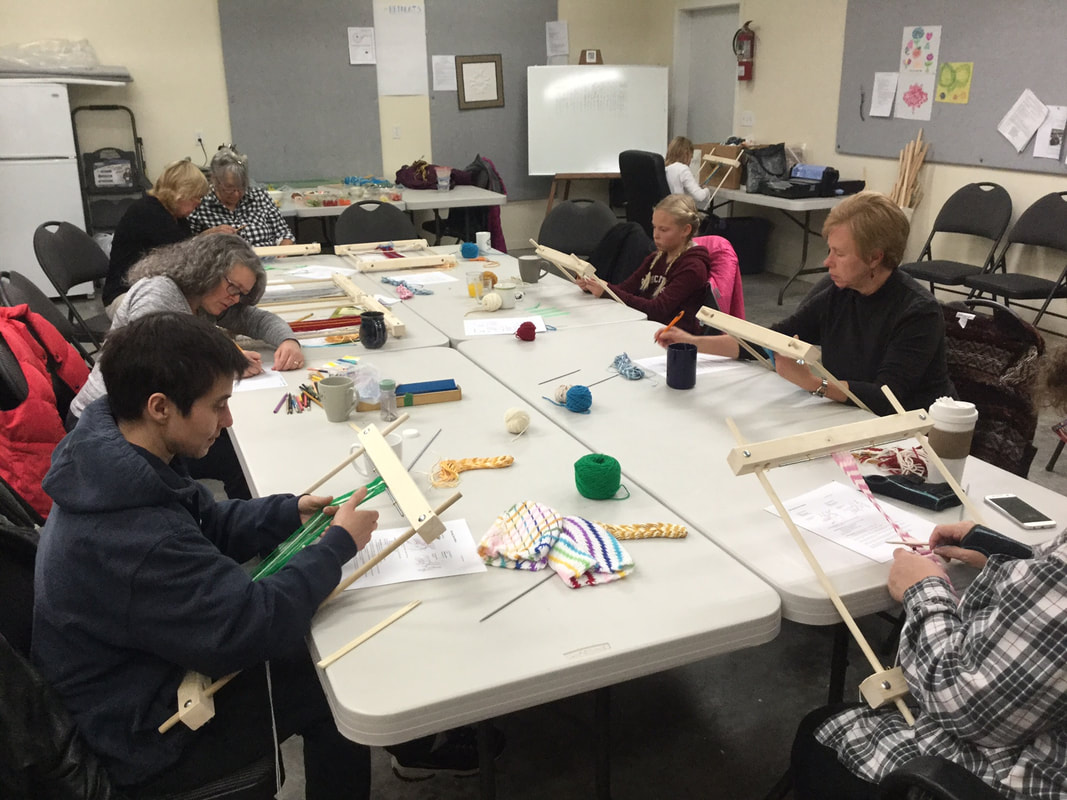
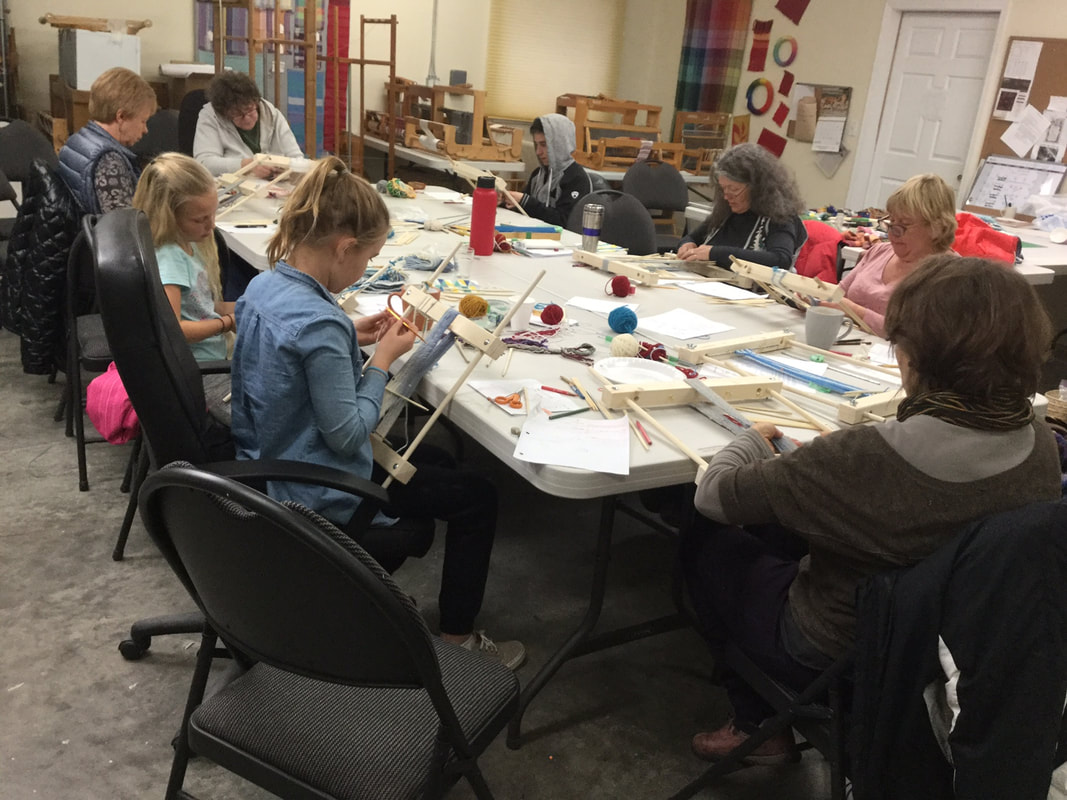
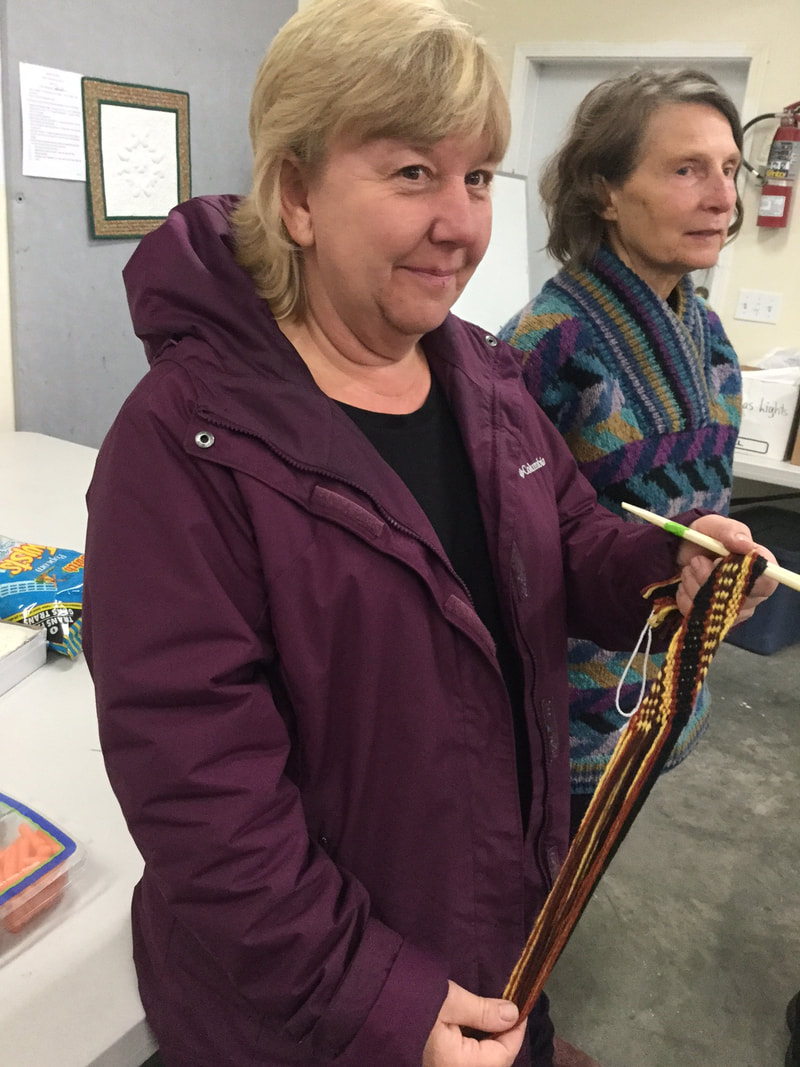
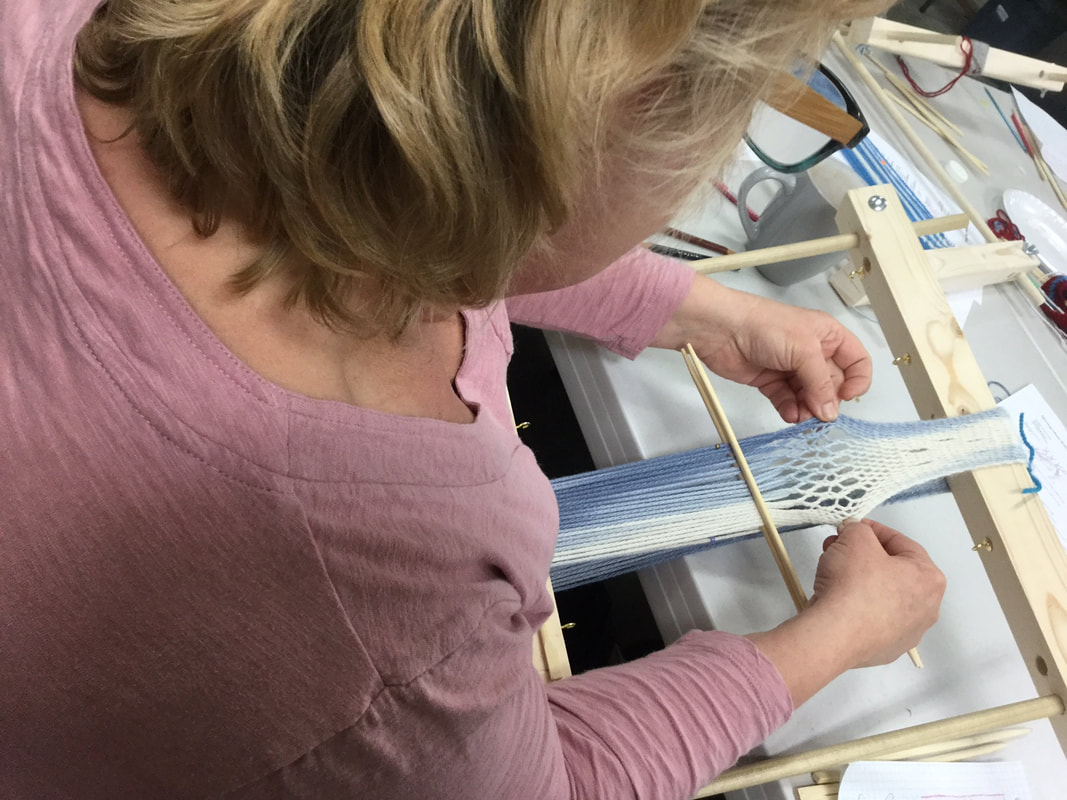
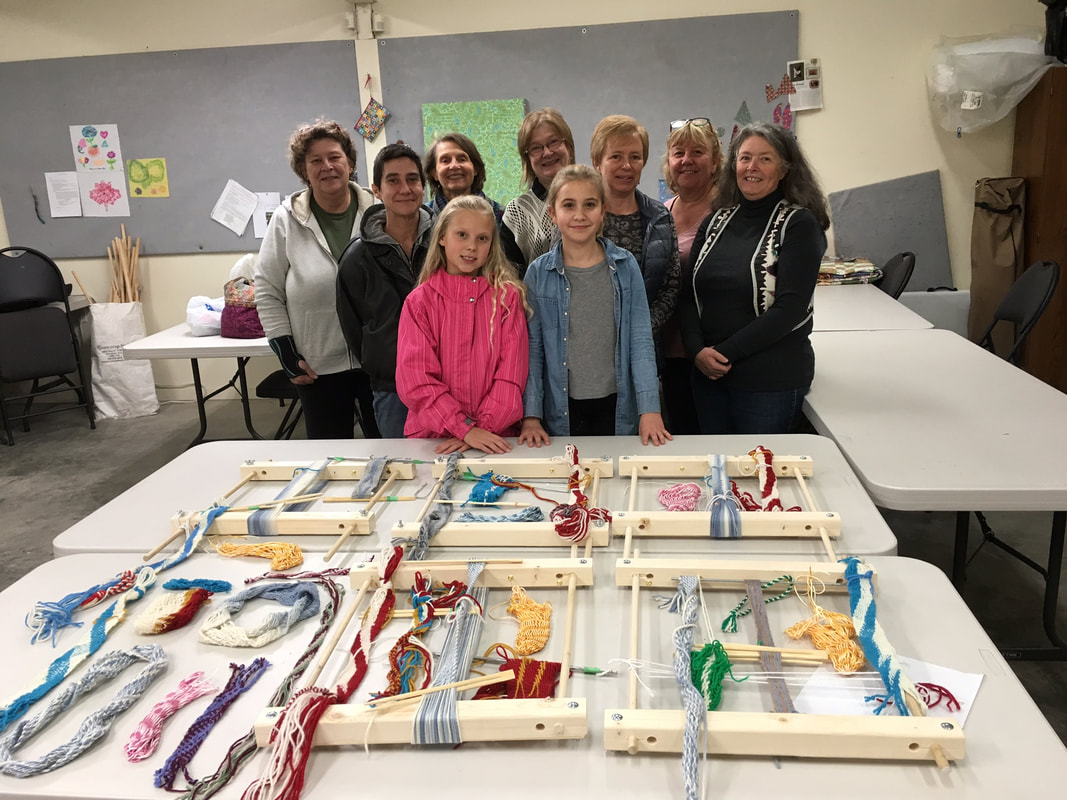
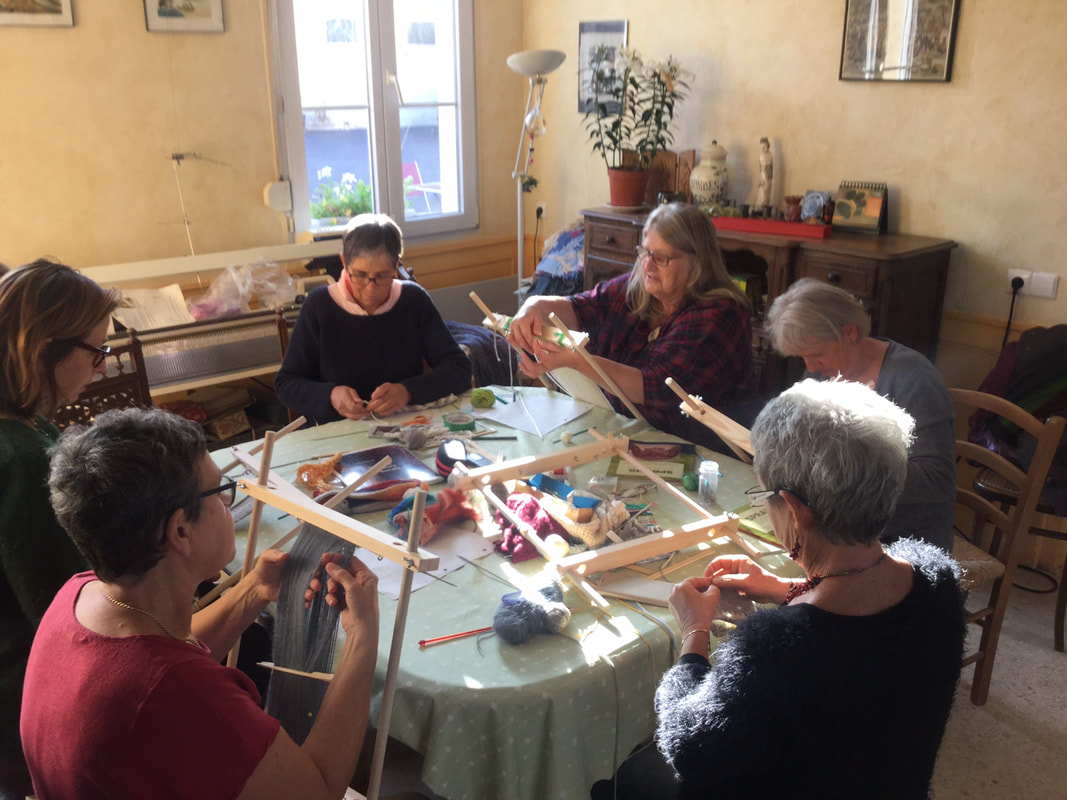
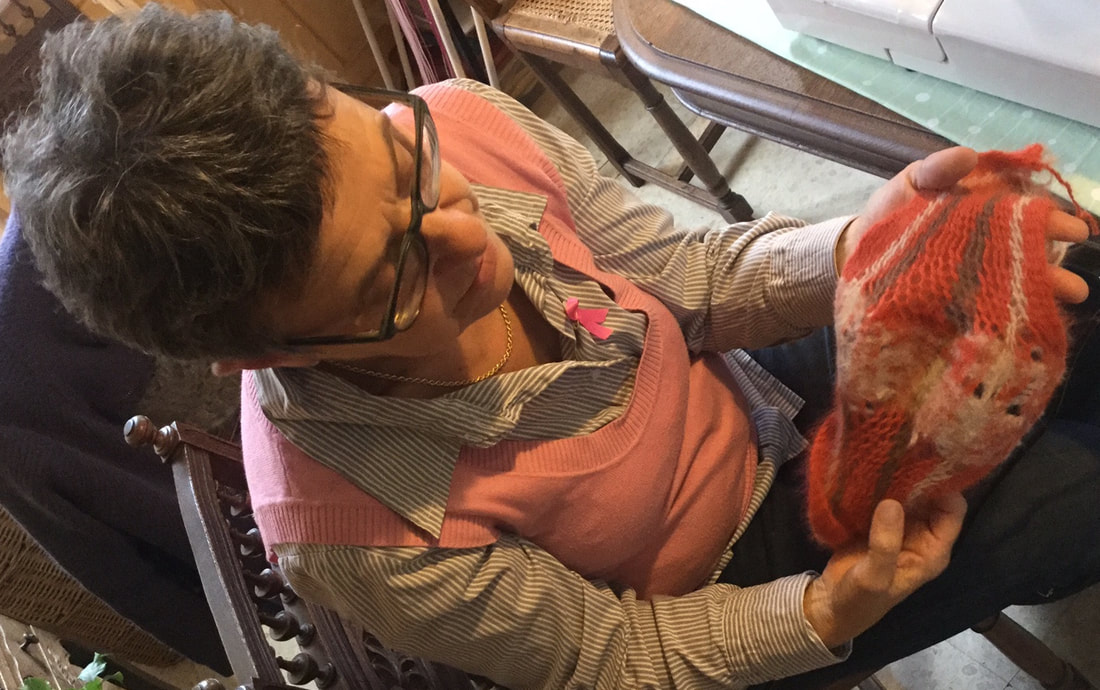
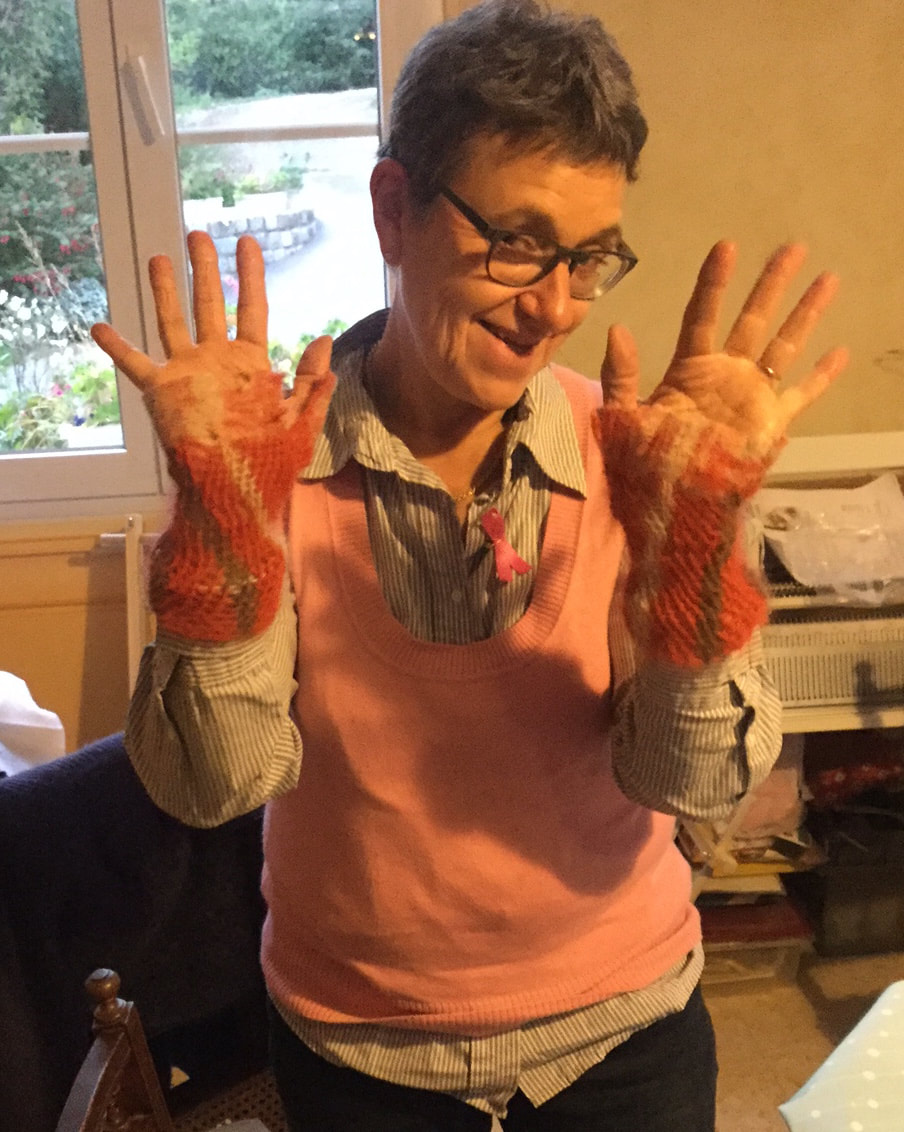
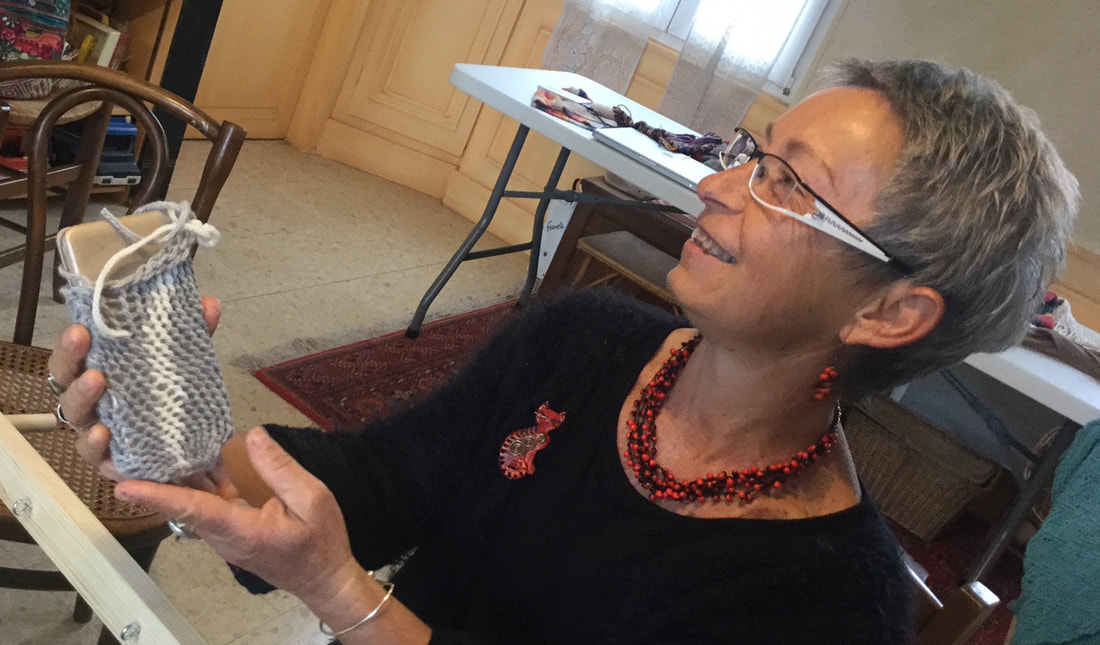
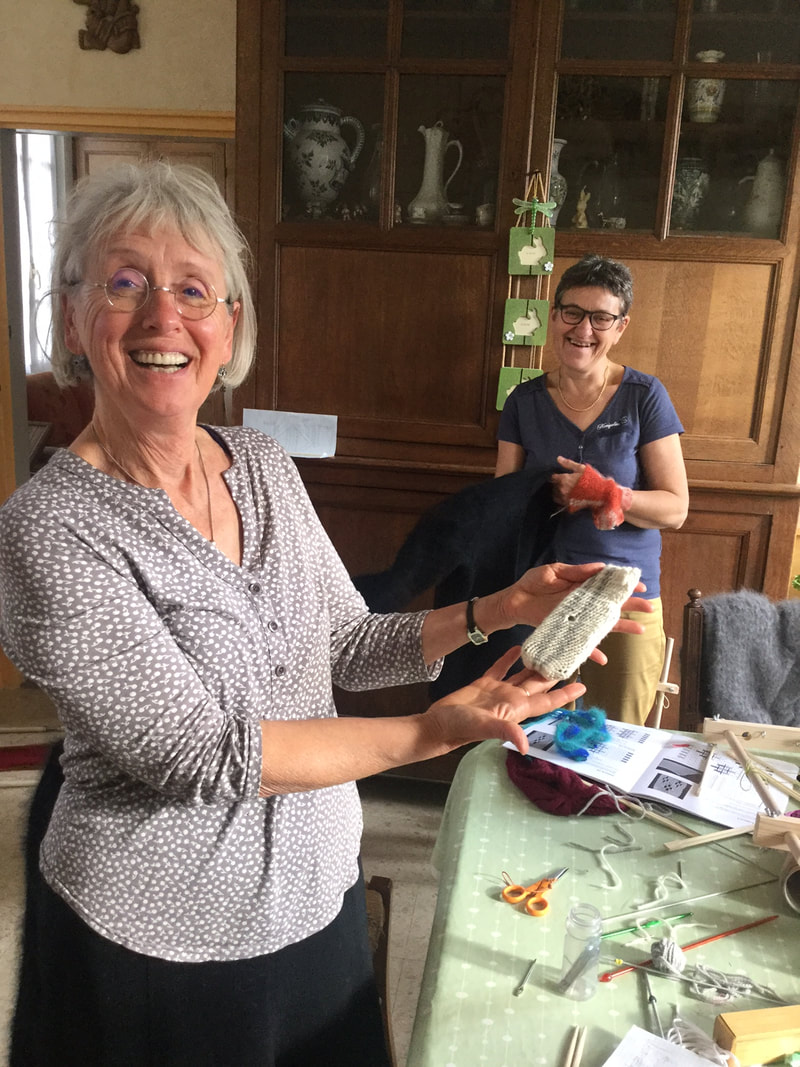
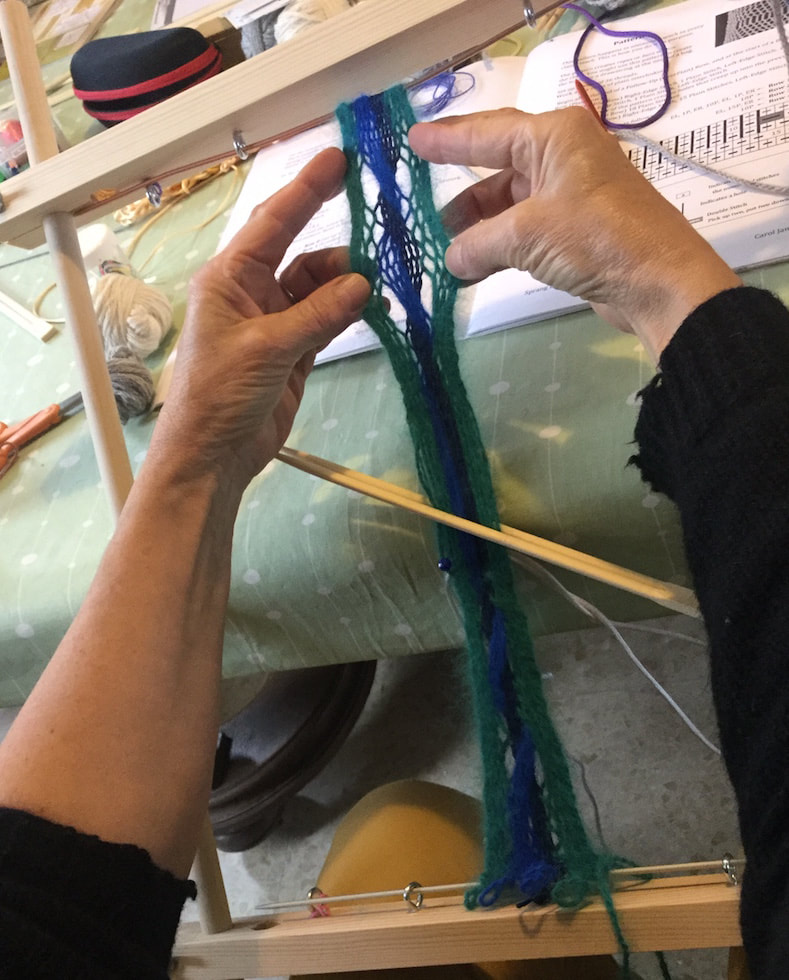
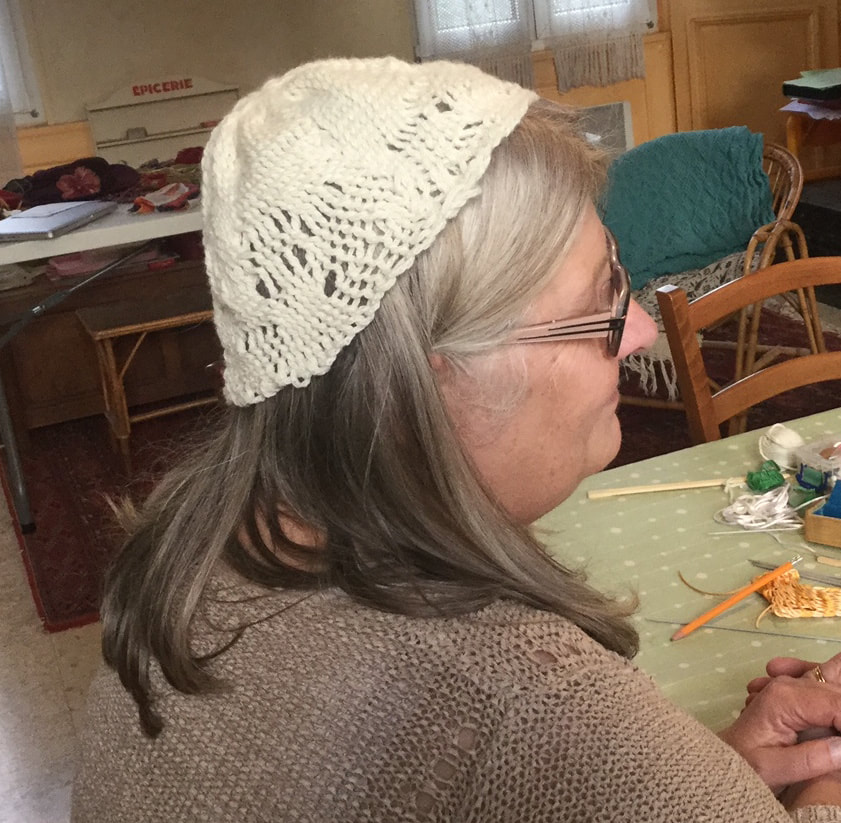
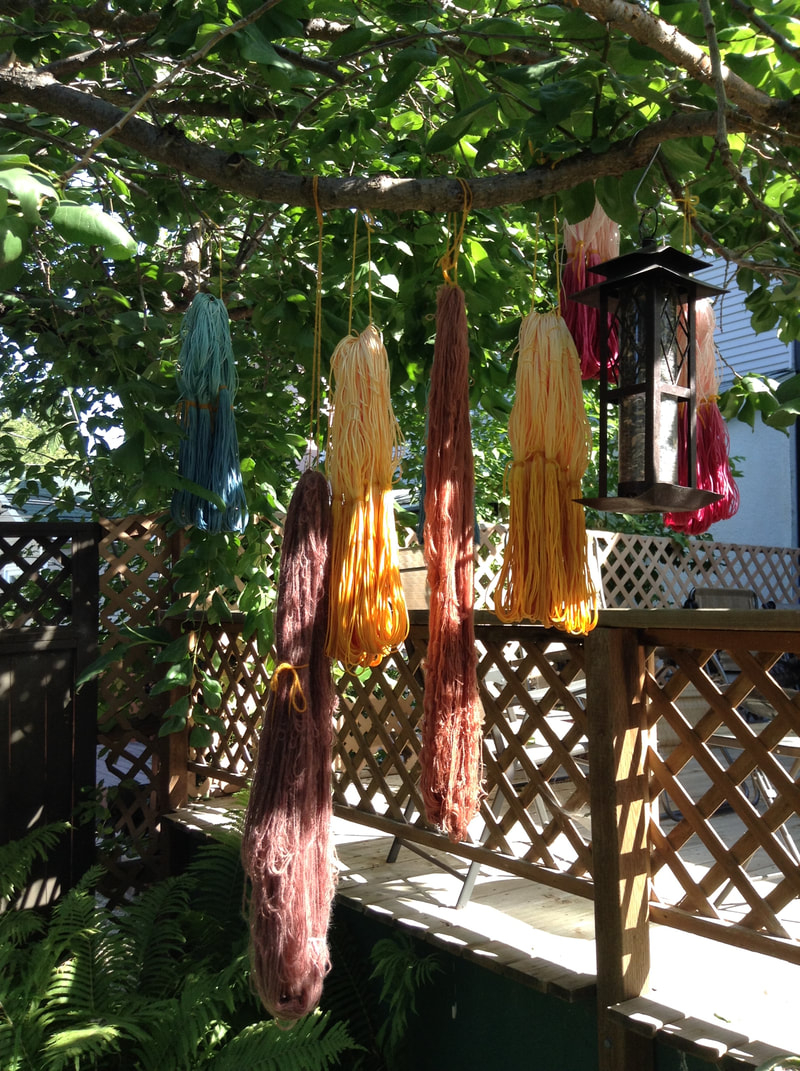
 RSS Feed
RSS Feed